When Rupert Mayer and Kevin Chou met, a simple question sparked what would soon become a mission-driven nonprofit: Why doesn’t balcony solar exist in the U.S.?
By January 2025, they launched Bright Saver, aiming to make solar power more affordable and accessible to a broader share of Americans. Inspired by Europe’s booming “balcony solar” market — where systems are inexpensive, easy to install and often sold right off supermarket shelves — they saw an opportunity to reimagine small-scale solar for U.S. homes.
In Germany, these compact solar kits can be plugged directly into standard outlets, without permits or utility interconnection agreements. For the first time, recent legislation in Utah has opened a similar pathway in the U.S., allowing systems up to 1.2 kW AC to connect via a standard wall outlet provided they meet basic safety standards. A staffer from Utah state Representative Raymond P. Ward’s office even consulted Bright Saver during the drafting process, which led to them incorporating relevant UL and National Electrical Code (NEC) standards.
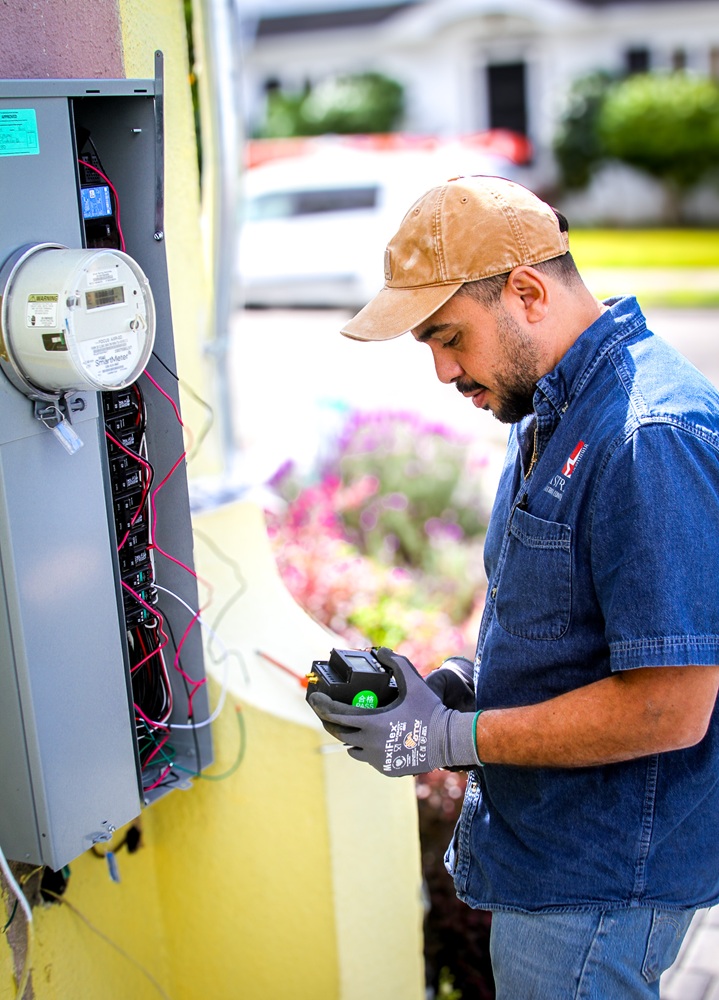
“The irony is that people think America is freer when it comes to business and innovation,” said Mayer, who has a background in mechanical engineering, software, and residential battery systems. “But in reality, you cross from one town to the next, and everything changes—state laws, federal rules, local permitting. It’s a jungle.”
Now the company is bringing that to California. In April, Bright Saver sought – and found – 50 early adopters to test its $29-per-month system in the greater San Francisco area. Their current offering is $34.90 a month.
Solar as an appliance – no permits needed, maybe
Based in the greater San Francisco area, Bright Saver has begun local installations, though Mayer admits progress has been steady rather than fast, as each project offers new lessons.
By framing their system as an appliance rather than a construction project, the nonprofit has successfully worked with cities such as Berkeley and San Mateo to bypass permitting requirements. “If you can place it like a TV or washing machine and just plug it in, most cities agree it doesn’t need a permit,” Mayer said.
But not every municipality is as flexible. In El Cerrito, Mayer recalled being told that even a hot water heater, a washing machine or microwave may require a permit. When he questioned whether a standard 120 V countertop microwave needed a permit, the answer was a hesitant “maybe,” he said.
Managing safety and simplifying solar

To guide customers through installation, Bright Saver offers a simple two-page manual.
To avoid requirements associated with state interconnection laws, Bright Saver has chosen to prevent electricity from flowing back into the grid, a process that adds cost, complexity and time.
Each California system includes an energy monitor similar to a Sense device, current transformer clamp meters and communication tools that link to the microinverters mounted on the solar panels. A licensed electrician installs the equipment with a direct connection within the electrical panel, which typically takes two to three hours to set up a power meter and sensors on a dedicated circuit. The system continuously monitors household consumption and solar generation. If it detects that electricity flow is approaching zero or risks reversing into the grid, it automatically signals the inverter to throttle down electricity output.
Mayer emphasized that this complexity is exactly what Bright Saver hopes to eliminate over time.
“The key is making sure no electricity flows back into the grid,” he said. “The best solution so far is mounting a power meter in the breaker box, but that adds significant complexity — extra electronics, Wi-Fi, software — and these components are made in small batches, not mass-produced.”
Mayer said doing this “requires a real installation by an electrician, and we’ve encountered far more breaker panel variations in California than expected. In some cases,” he said, “utility panels are outside while breaker boxes are inside, leaving no clear place to attach sensors. These are some of the core challenges we’re working to overcome.”
In contrast, Utah’s recent legislation removes these barriers. While utilities don’t compensate customers for excess power, they also can’t impose penalties. This creates a streamlined model that Mayer and Chou hope other states will adopt.
pv magazine USA asked Mayer about potential risks, such as using GFCI circuit breakers on the same circuit, or combining loads and generation on the same circuit. He explained that while electricity flows both ways without issue in principle, current standards haven’t fully accounted for this use case.
“The amperage is the same whether power flows in or out,” Mayer said. “But NEC and UL standards weren’t designed with this scenario in mind. It’s not a technical problem, it’s a regulatory one. These agencies need updated guidance to test and certify hardware appropriately.”
Mayer did highlight one potential safety concern known as “breaker masking,” which is a situation where simultaneous loads and generation on a single circuit can obscure potential overload risks. This is why Bright Saver prefers to install a dedicated circuit for its systems. Looking ahead, Mayer suggests that integrating battery storage could offer an elegant solution, allowing for controlled energy output while further simplifying grid interaction.
This issue has also been highlighted for private persons who are plugging their systems directly into the wall plugs, without having a dedicated circuit.
In the end, it’s about economics and access
“A full rooftop solar system can cost $10,000 or more. Our kits are a fraction of that,” said Mayer. “Once people see the savings, they start thinking about EVs, heat pumps, and larger solar arrays. It’s about getting people started.”
Chou, drawing on his background in finance and software, emphasized that Bright Saver’s nonprofit structure is key to navigating these challenges. “We’re not here to chase high margins or satisfy investors,” he said. “We’re here to drive a movement — making solar accessible, especially for families who’ve been priced out of traditional systems.”
Organized as a 501(c)(3), Bright Saver is actively seeking partnerships with advocacy groups to promote legislation similar to what was passed in Utah across the country.
While both founders stressed the importance of sound economics and technical rigor, “We definitely have a spreadsheet,” Mayer joked.
They’ve built the company to prioritize impact over profits. The goal is sustainable growth that brings affordable solar to more Americans, without being constrained by shareholder pressures.
This article was amended on 4/28/25 to state that Bright Saver had 50 early adopters in April and the monthly cost is $34.90 a month.
This content is protected by copyright and may not be reused. If you want to cooperate with us and would like to reuse some of our content, please contact: editors@pv-magazine.com.
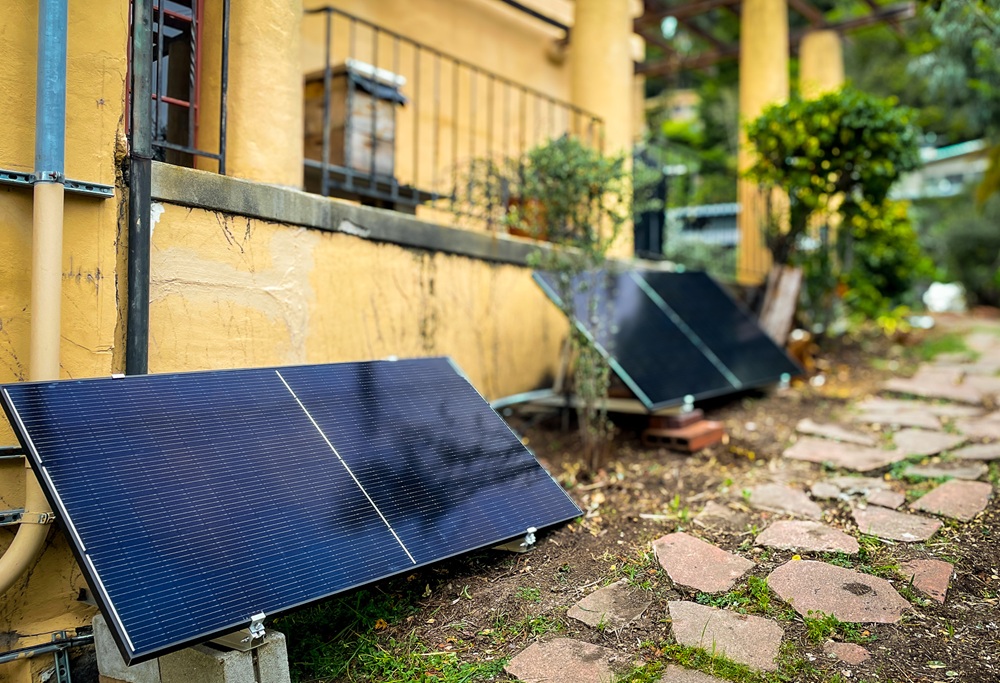
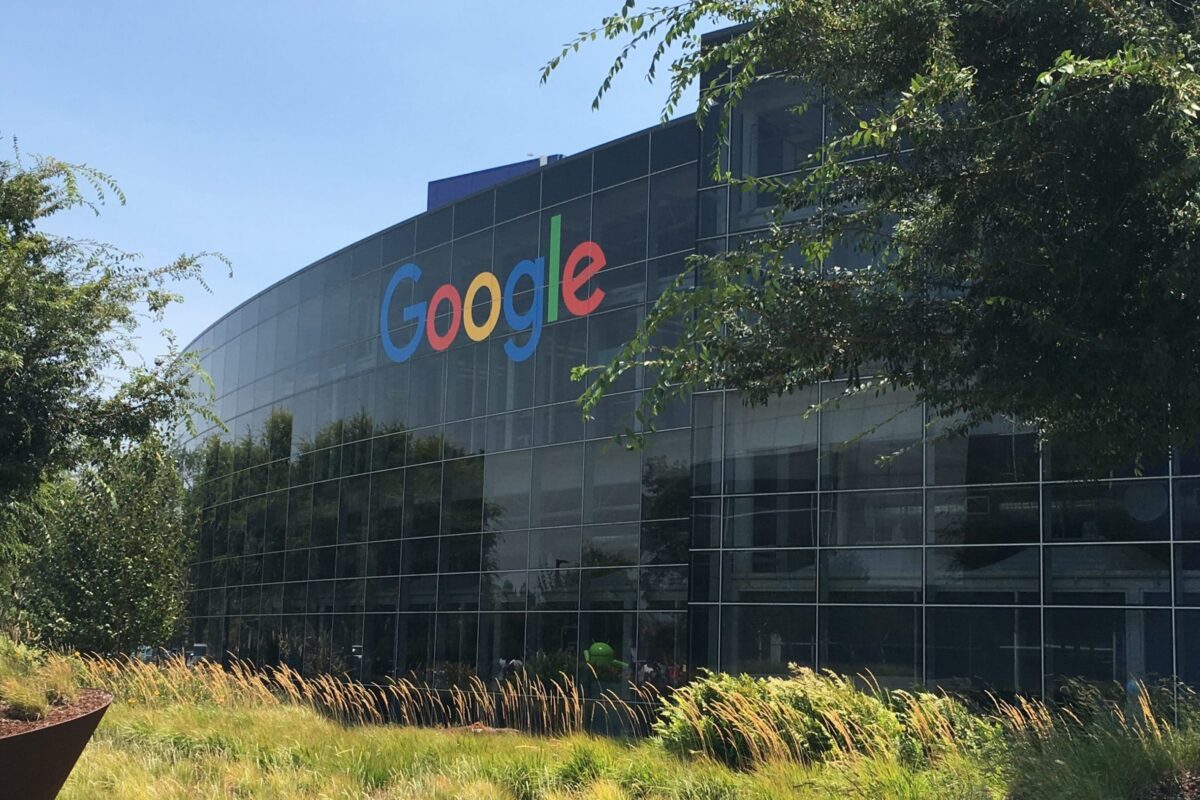

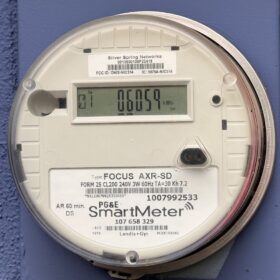
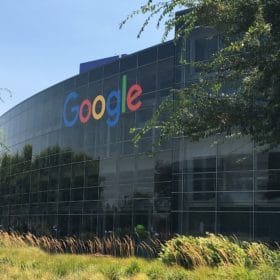
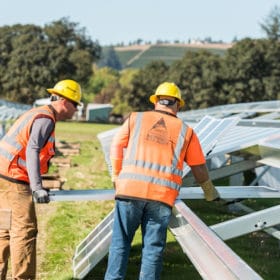
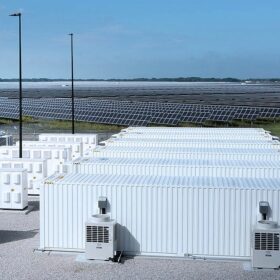
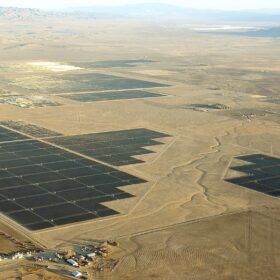
Congress has not addressed this so you might have an issue with no federal law and your insurance company
By code of the law, state law rules if no federal law. Doubt the insurance company will notice/care.
My house burned and I need power to run the saw plus to rebuild. County refusing to issue permit unless I hire their friends to designate new house and let them raise tax by 30 times. I want to be off the grid
I have a degree in mechanical engineering
Hi John,
How are they dealing with tariffs? All made in the US?
Don’t know that answer, may have conversation with their supplier to ask that soon.
Hi it’s Kevin at Bright Saver. Tariffs are absolutely an issue. We’re able to source American-made solar panels, but the low voltage micro-inverters are pretty much only manufactured in China to date. We’re in many conversations with various manufacturers and hope to have better news for everyone soon.
Hi John – we expect to be able to source the solar panels in the US without much change in price for the remainder of this year, but we expect that the electronics (inverters) will be hit by the tariffs. Longer than a year, we hope trade agreements will get figured out as components and raw materials will drive prices up for even US manufacturers. Thanks for the question! What a whirlwind we all find ourselves in…read more at http://www.brightsaver.org
There are over 800 thousand balcony PV installations in Germany. No permits, no issues with interconnection, no barrier to exporting to the grid. Just register and plug into any circuit in the house. But the max. per household is 800 watts. The main requirement is that the microinverter shuts off power to the household automatically when the grid is down.
I am under the impression it isn’t just ‘any’ circuit in the house in Germany, but one that is protected in certain ways – or isolated. Something different technically…saw it in a Grist article.
Germany’s successful plug-in solar market expanded beyond DIY enthusiasts through strategic policies including streamlined registration, common-sense safety standards, and tenant installation rights that prohibit landlords from arbitrarily blocking balcony solar deployments.
Most critically, prohibiting utility companies from requiring interconnection agreements removed the single greatest barrier to widespread adoption. We now have this in Utah, and need to do the work to bring it to other states.
Bright Solar offers these balcony solar kits for lease only? The article wasn’t clear.
Bright Saver got back to us and said this:
“The lease term is 6 years and we also offer a purchase option for $1,849. With the purchase (but not the lease), the customer can claim the federal tax credit.
Please feel free to refer people to our pricing information at https://www.brightsaver.org/plug-in-solar-panels“
Thanks for your question. We offer both upfront and lease programs.
More information can be found here –
https://www.brightsaver.org/plug-in-solar-panels
Lease and buy upfront at $1849 + you can submit for ITC. More at https://www.brightsaver.org/ – thanks for the question!
Both lease and outright purchase options are available.
Would like to see some numbers on cost of rental vs electric bill reduction. Love the concept and hope it grows.
Suggestion for lawmakers; include language that prevents landlords, HOA’s, local government etc from blocking, taxing or delaying the implementation of these appliances.
This is a great idea and even though it’s small scale, more homeowners might just jump on this setup. Thousands of mini systems are also superior to hundreds of larger systems… do the math.
After seeing a neighbor deal with a very expensive roof repair (due to complications of his roof mounted solar), I cancelled my plans for a similar roof system. Balcony solar makes a lot of sense now, is cheaper, moveable and can easily be expanded or upgraded.
Bright Saver is a reseller for Craftstrom Solar. Craftstrom Solar is legal in all 50 states.
Ken, is Craftstrom a legit seller? I very recently found both Bright Saver and Craftstrom name in a Heatmap article. I have been trying to chase down some reviews but with very little luck. Comments have given me pause about delivery (but I realize that could be tariff induced problems or startup growing pains or something else. I’m very interested to purchase but not a pig in a poke! Guidance?? Thanks from Alvin in NC
Good stuff